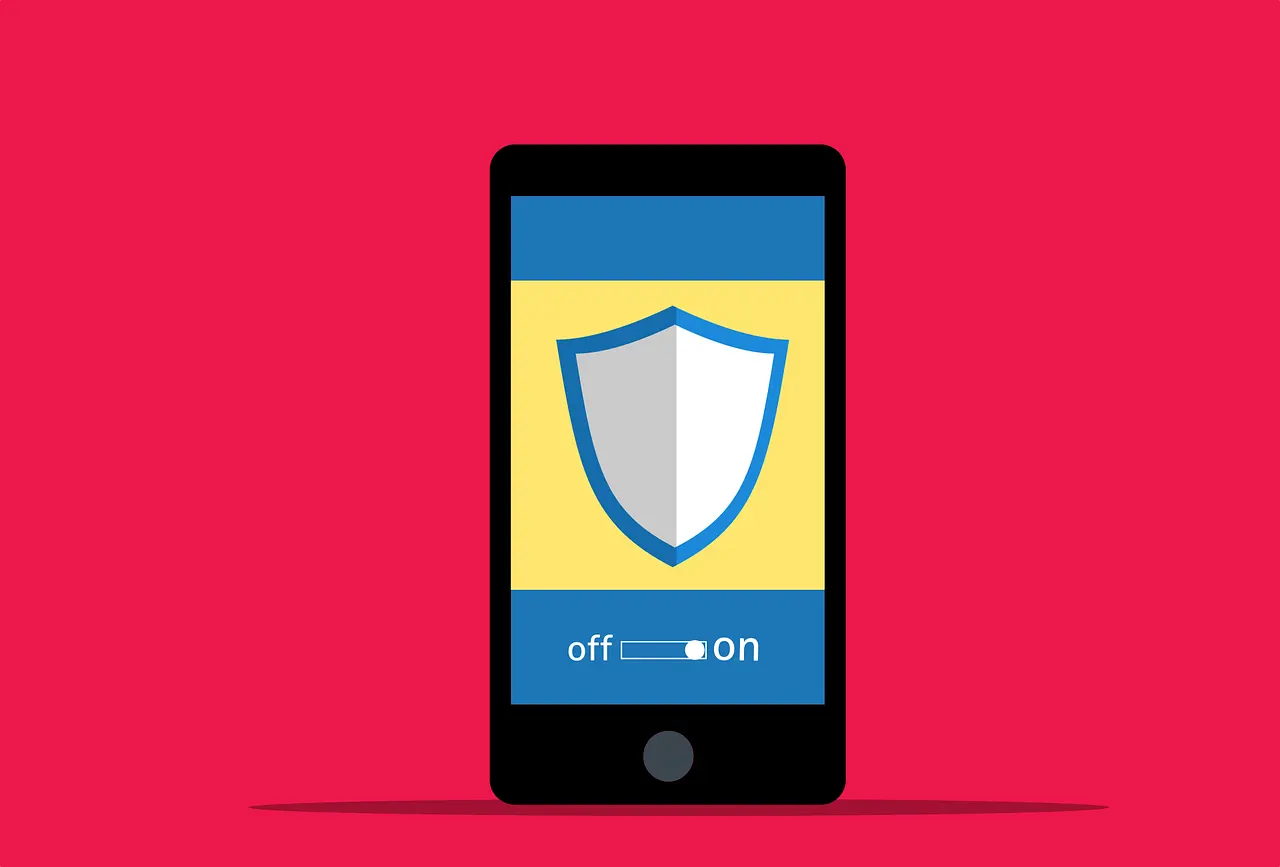How to Verify Customers on Your eCommerce Site
How to Verify Customers on Your eCommerce Site

Creating a new account on an eCommerce site can sometimes be a painful process. First, users have to remember yet another username and password combination. Then they have to input their personal information, including their name, home address, email address, phone number, and then all of their payment information. This process can easily turn potential customers away from your site before they even have a chance to browse your products.
Oftentimes, it can even lead to customers flat-out abandoning their carts. In fact, a study by Baymard Institute found that 17% of people have abandoned their online shopping carts because of a “too long/complicated checkout process”.
By using an authentication and verification system, you can streamline the account creation process for your customers while also ensuring that the people who are creating accounts on your site are who they say they are.
The Importance of Getting Customers to Log In
With physical shops, customers can simply walk in, browse the products, and make a purchase without having to provide any identifying information. Online, however, customers need to create an account before they can make a purchase on most eCommerce sites. The reason for these extra layers of identification is that in person there is an in-built level of security in that you need to be present with your card at the time of purchase. Online is ripe for fraud unless some necessary security and identification measures are in place.
However It's important to get the balance right and try to replicate the in-person shopping experience as much as possible on your eCommerce site. If customers feel like they're being forced to jump through too many hoops to buy your products, they're likely to click away and take their business elsewhere.
How Authentication and Verification Can Get You Closer to the In-Person Shopping Experience
By using an authentication and verification system, you can reduce the number of steps required for customers to create an account on your site. These two-factor authentication systems work by verifying customer identity through a combination of their password and their phone number or email address. Customers can then log into their account with a one-time password (OTP) that is sent to their phone or email.
Improved Security

Not only does an authentication and verification system reduce the amount of information customers have to input when creating an account, but it also helps to ensure that the people who are creating accounts on your site are who they say they are. This can help to prevent bots and other automated account creation tools from taking up valuable resources on your site.
The customer's financial information is therefore more secure since they're not inputting it directly into your site. By using an authentication and verification system, you can help to ensure that only legitimate customers are creating accounts on your eCommerce site.
Better Analytics
In addition to improved security, an authentication and verification system can also provide better analytics for your eCommerce site. By tracking the number of successful account creations, you can get a better idea of how many potential customers are actually making it through your site's account creation process and how many are giving up.
This information can be valuable in helping you to improve your eCommerce site. For example, if you see that a large number of potential customers are abandoning their carts at the account creation stage, you can work on streamlining that process to improve conversions.
Easier Transactions for the Customer
Perhaps the most obvious benefit of an authentication and verification system for both retailers and customers is that it can help to streamline the entire transaction process. By verifying customer identity through multi-factor authentication upfront, you can reduce the amount of information they have to input when making a purchase. This can help to improve the customer's experience on your site and increase the likelihood that they'll go through with a purchase. They are also much more likely to come back next time if they found the purchase process smooth and painless.
Which Authentication and Verification API?
There are a number of different authentication and verification systems available on the market. However, not all of these systems are created equal.
When considering an authentication and verification API, it is important to look for a provider that can scale with your business by offering global coverage and support for a variety of channels. It's important to find a provider with support for SMS, WhatsApp, Push, and Voice messages. Additionally, a platform that offers a personalized dashboard to help you manage your account and view customer verification status will make it easier to keep track of your progress.
Conclusion
Authentication and verification systems are an integral part of running a successful eCommerce site. By using an authentication and verification system, you can improve the security of your site, get better analytics, personalize customer experiences, and improve the overall efficiency of your operation. It's important to use this technology sparingly, however, as too much authentication and verification can lead to a poor customer experience. When used in places where it is not needed it can add needless friction to a customer’s experience.
For instance, you wouldn't want to be prompted to verify your identity every time you add an item to your shopping cart. In general, it's best to use authentication and verification systems at key points in the customer journey, such as during account creation or at checkout.
Related articles

30 August 2022
6 Best Use Cases for Chatbots in Banking and Financial Services
Read more



